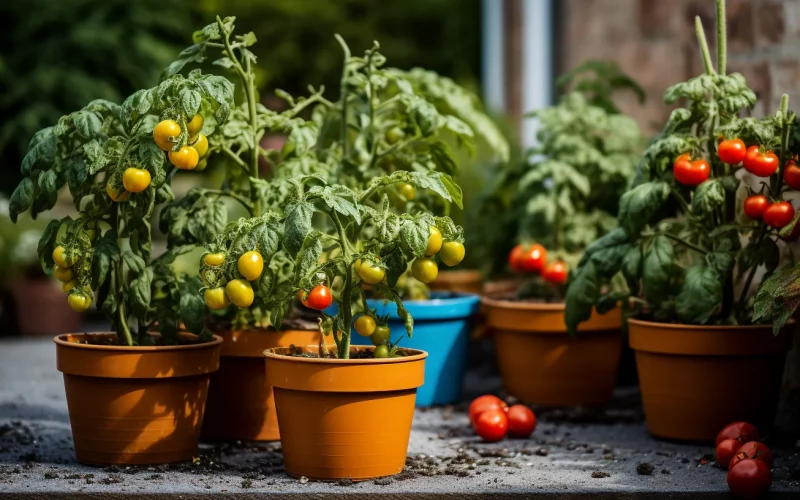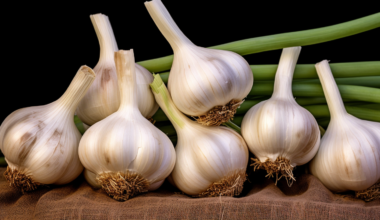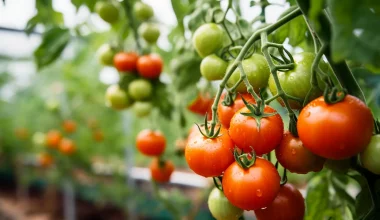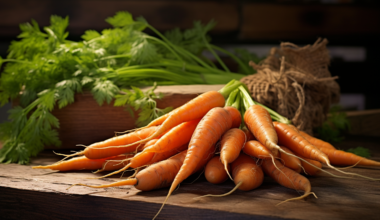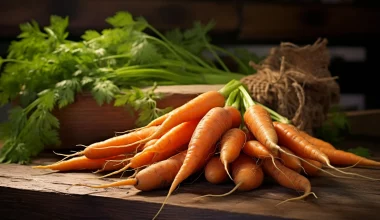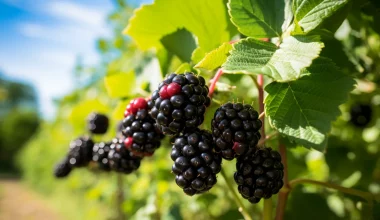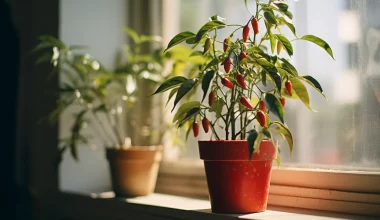Do you live in an apartment with a tiny balcony or have a small yard that doesn’t seem suitable for a traditional garden? Don’t worry! Growing vegetables in small spaces is not only possible but also enjoyable and rewarding. With a bit of planning, creativity, and care, you can cultivate a bountiful harvest in containers. Let’s dive into the fascinating world of container gardening.
Why Choose Container Gardening?
Container gardening opens up opportunities for urban dwellers, renters, and those with limited outdoor space to grow their own food. It’s versatile, accessible, and offers a sense of accomplishment.
Benefits of Growing Vegetables in Small Spaces:
- Adaptability: Containers can be placed on balconies, patios, rooftops, or even indoors.
- Ease of Care: Easier to manage soil quality, pests, and weeds.
- Accessibility: Ideal for those with mobility issues.
- Aesthetic Appeal: Containers can be decorative, adding beauty to your living space.
Selecting the Right Containers
When it comes to container gardening, choosing the right container is crucial. Here are some tips:
- Size Matters: Select a container that provides enough space for the roots to grow.
- Drainage: Ensure the container has proper drainage holes to prevent waterlogging.
- Material: Plastic, ceramic, wooden, or fabric pots can be used, depending on preference and budget.
Best Vegetables for Container Gardening
Not all vegetables are suitable for container gardening, but many thrive in this setting:
- Tomatoes: Cherry or small-fruited varieties are best.
- Peppers: Both sweet and hot peppers grow well in pots.
- Lettuce and Greens: Quick to grow and don’t require deep soil.
- Radishes: A great option for beginners.
- Herbs: Basil, thyme, mint, and other herbs love containers.
Soil, Watering, and Fertilising
- Soil: Use a high-quality potting mix designed for container gardening.
- Watering: Monitor the moisture levels, watering regularly but not overwatering.
- Fertilising: A slow-release fertiliser can be mixed with the soil or apply a liquid fertiliser as needed.
Positioning and Sunlight
Placement is vital when growing vegetables in small spaces. Most vegetables need 6-8 hours of direct sunlight, so place the containers where they will receive adequate light.
Challenges and Solutions
Like any gardening method, container gardening has its challenges:
- Overwatering or Underwatering: Check the soil moisture regularly.
- Pest Control: Inspect plants for signs of pests and treat with organic solutions.
- Nutrient Deficiency: Regular feeding with the right fertiliser can prevent this issue.
Conclusion
Growing vegetables in small spaces is an adventure that rewards you with fresh, homegrown produce. It’s a perfect solution for those with limited space, a creative outlet, and a connection to the food you eat. Start small, choose the right containers and plants, and enjoy the journey of container gardening.
With container gardening, you’re never too far from the earth’s goodness, even in the smallest of spaces. So why not give it a go? It may become your new favourite hobby.
